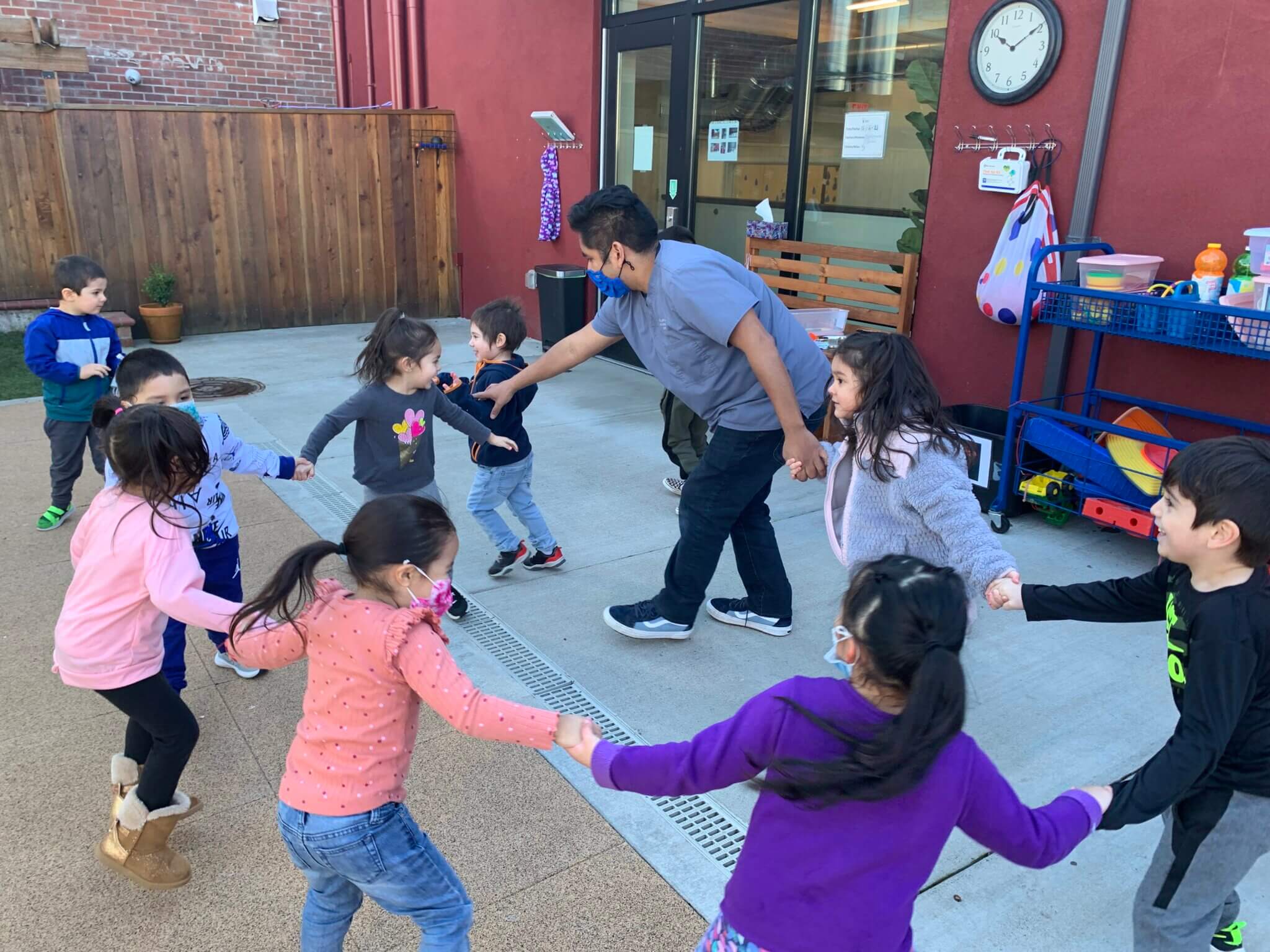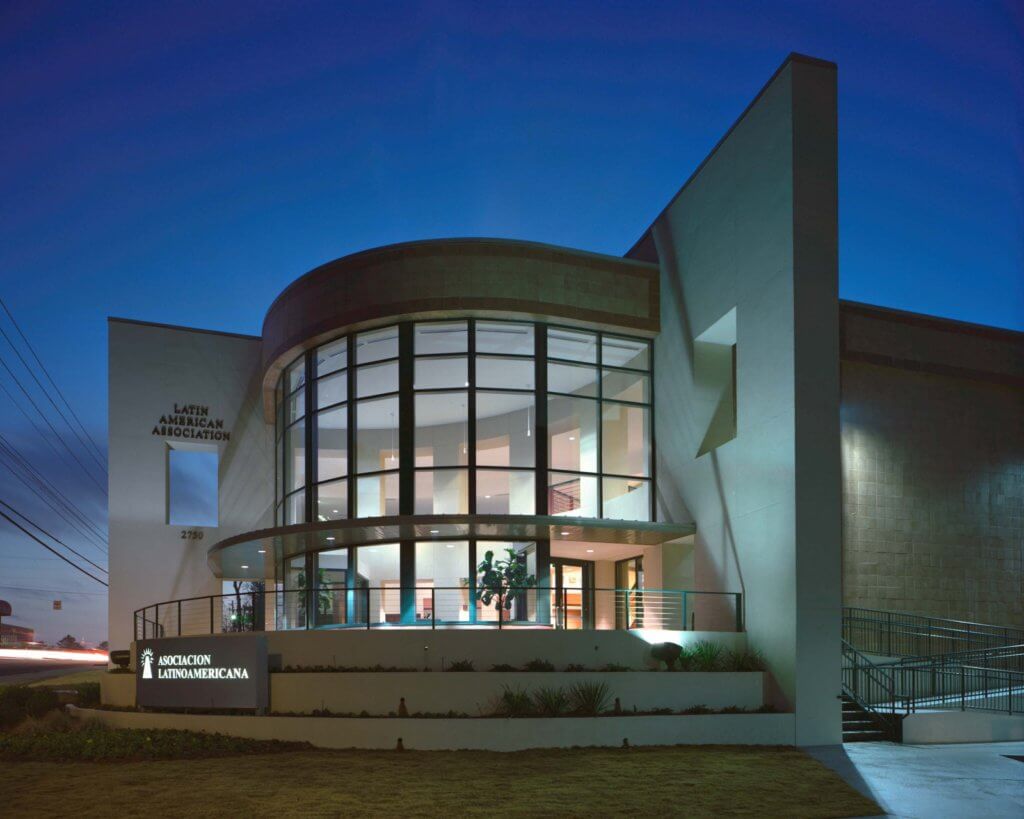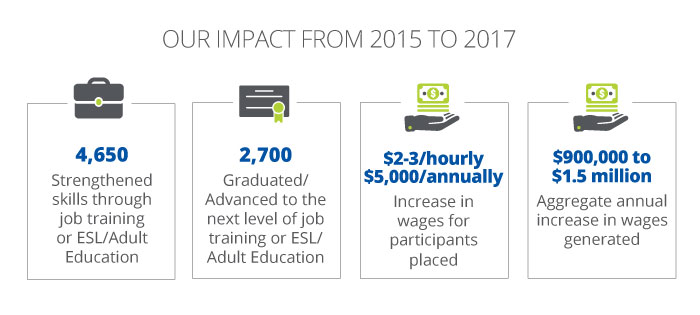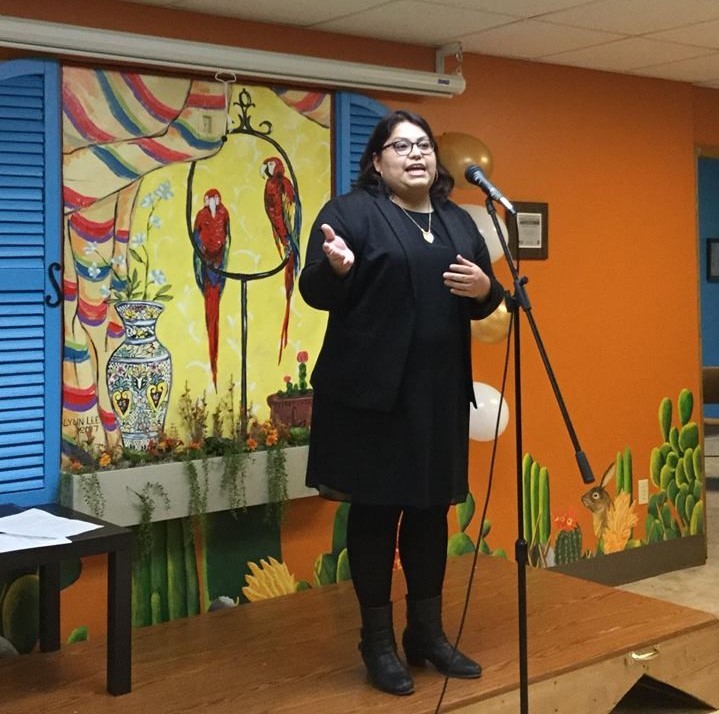New Spanish-language ECE associate’s degree enhances the professional and financial outlook for a popular vocation among Latinas
Oregon resident Esmeralda Duran has spent the past two years enrolled in early childhood education classes at Clackamas Community College (CCC) in Portland, playing and rewinding video clips of herself in the early learning center where she works. There’s nothing unusual about the footage she turns in to her professors. After all, she’s been teaching infants and toddlers for five years through a center sponsored by the local UnidosUS Affiliate Adelante Mujeres. But today, she’s looking at the small children she educates with fresh eyes and new techniques.
“I decided to enroll in the program because I thought I would learn updated methods for creating work plans and high-quality environments. I wasn’t mistaken,” Duran told ProgressReport.co in an email. “I’ve learned how to make quality observations in new ways and use those to support the children’s development at a more appropriate level.
This June, Duran will graduate in the first cohort of the nation’s first early childhood education associate degree in Spanish, a program that brings recognition to experienced ECE teachers like her need for greater marketability and salaries.
Envisioning a Spanish-language ECE teacher training AA program
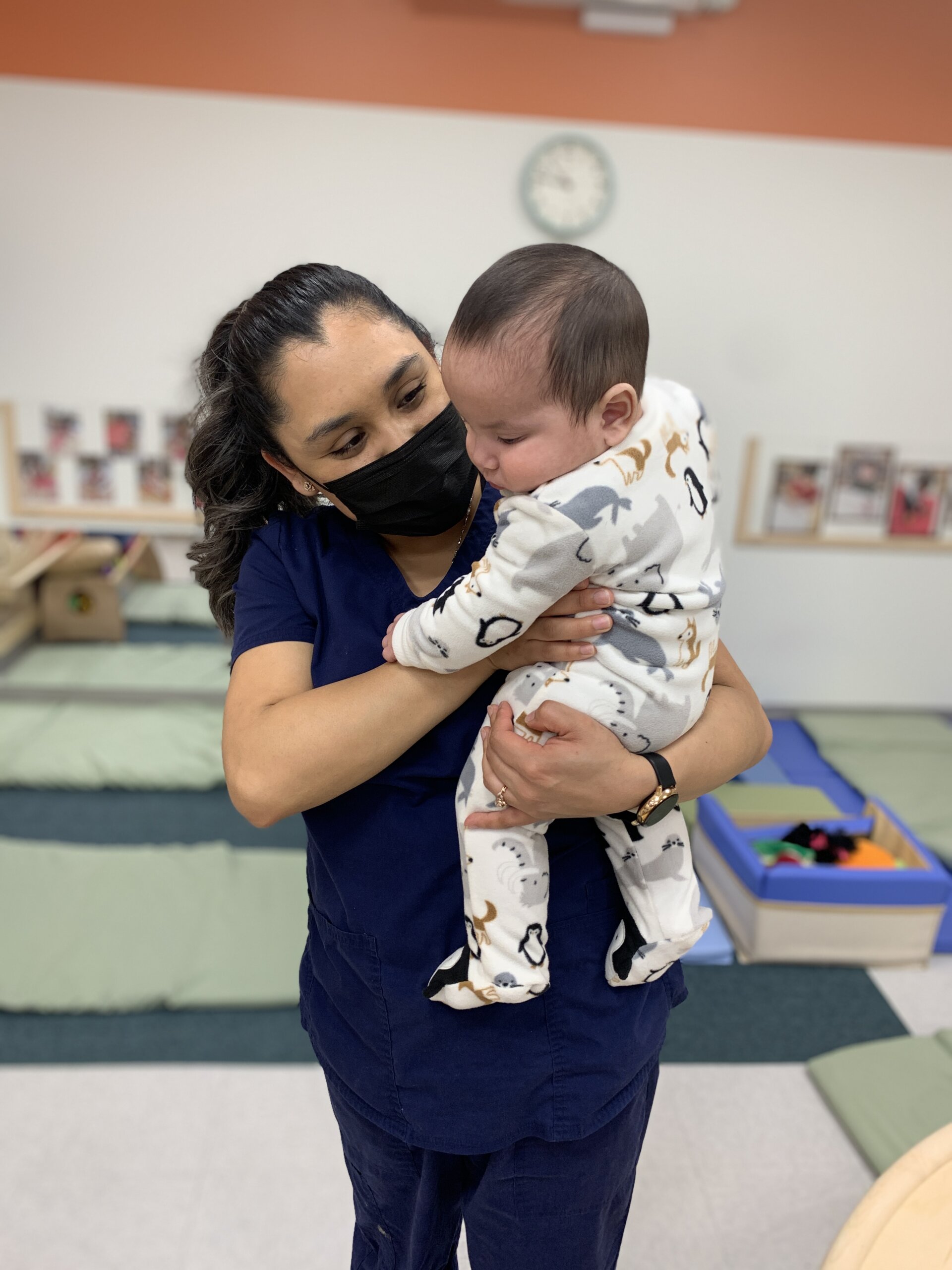
The idea for this program began several years ago, just about when the pandemic was forcing policymakers and the public to reckon with lacking childcare services and learning losses among young children. At that time, the U.S. Department of Education in Oregon announced a fund called Grow Your Own, which mission was to provide a pathway for diversifying the teacher pipeline.
“Wouldn’t it be great if we had our entire early childhood degree available in Spanish?” asked Dawn M. Hendricks, a bilingual early childhood education expert who serves on the faculty of CCC. She spent the first part of her career working in Migrant and Seasonal Head Start programs. Now, in addition to her work at CCC, she serves as an adjunct professor of Participatory Action Research courses for doctoral students at Pepperdine University Graduate School of Education and Psychology.
CCC has already received numerous requests to provide several ECE courses in Spanish, and it’s not surprising. Oregon has a growing Latino population, and according to data collected in a 2018 study by UnidosUS titled ‘Latina Teachers and the “BA Challenge: Impacts and Conditions of Increasing Degree Requirements in Early Childhood Education,’ Latinas make up 19% of all ECE teachers nationally. Of the 94 teachers included in the report, over a third (34%) of participants had 15 years or more of ECE experience. But because of time, money, and language barriers, many of them find it difficult to obtain a higher degree to help advance their careers and increase their salaries.
“We really geared the program to working professionals, family childcare providers, and Head Start teacher assistants,” said Hendricks, noting that all the courses are online, with synchronous Zoom class sessions every other week, on the weekends or in the evenings. “We tried to identify barriers for success and then eliminated those barriers in the way that we set up and developed the program.”
More than just English-to-Spanish translation
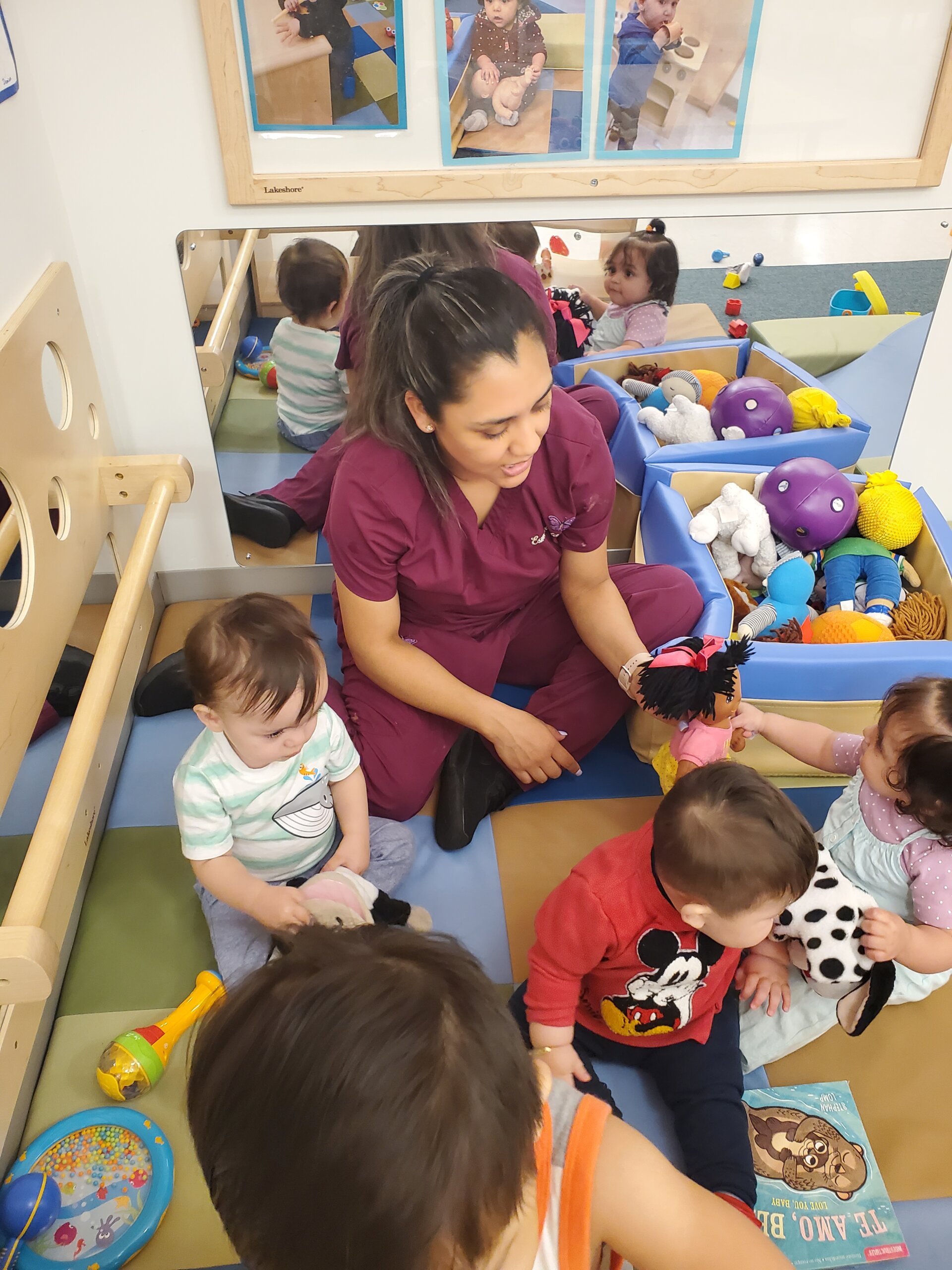
That effort took an intensive six months of planning and curriculum development, and lucky for the students in this cohort, the $10,000 cost of the program is all paid for. About half of them receive employer financial support to pay for their $10,000 in tuition fees. Of the remainder, most students receive grant funds for tuition from the Grow Your Own grant or CCC’s Early Learning Higher Education consortia grant through the Department of Early Learning and Care.
As for the curriculum, Hendricks and her team at CCC first looked at all basic general education requirements, such as math, writing, and college success, then worked across departments to translate them. This part of the project was a win-win for all the departments that were struggling to provide linguistically supportive classes for CCC. According to data from the U.S. Census, Oregon’s Latino population now represents 14% of the total population.
Next came the Spanish-language and Hispanic-serving early childhood courses themselves. Hendricks and her team found that they not only had to translate the materials, but they also needed to bolster that with imagery and content that represented the Latinx experience.
“We wanted to make sure we had videos and photos of Latinx teachers working with Latinx children,” explained Hendricks, noting that despite an incredibly diverse ECE workforce and student population, imagery in the already existing curricula was predominately white. As such, she worked with Adelante Mujeres to capture photos and video vignettes at their ECE facilities.
“There’s a great video of a teacher talking to a child before she picks him up, and she’s cooing and talking to him in Spanish, then singing to him, as she changes his diaper and dresses him. It’s all in Spanish, and it’s just a beautiful moment of attachment between this teacher and this child. Watching (this kind of scenario) in English with Spanish subtitles just wouldn’t do it justice,” Hendricks said.
That Latinx-centered archive continues to grow as students enrolled in the AA program submit video vignettes of themselves interacting with the children they serve throughout the day as homework. The students obtain parent and institutional permission to shoot videos of themselves interacting with the infants and toddlers in the centers where they work in curricula-specific scenarios, such as leading an activity with toddlers or doing a read–aloud with preschoolers. Then the instructors provide feedback by sharing what they think went well and asking the students to reflect on what they could have done differently based on the children’s reactions.
Sharing the material, growing a movement toward Spanish-language ECE teacher training
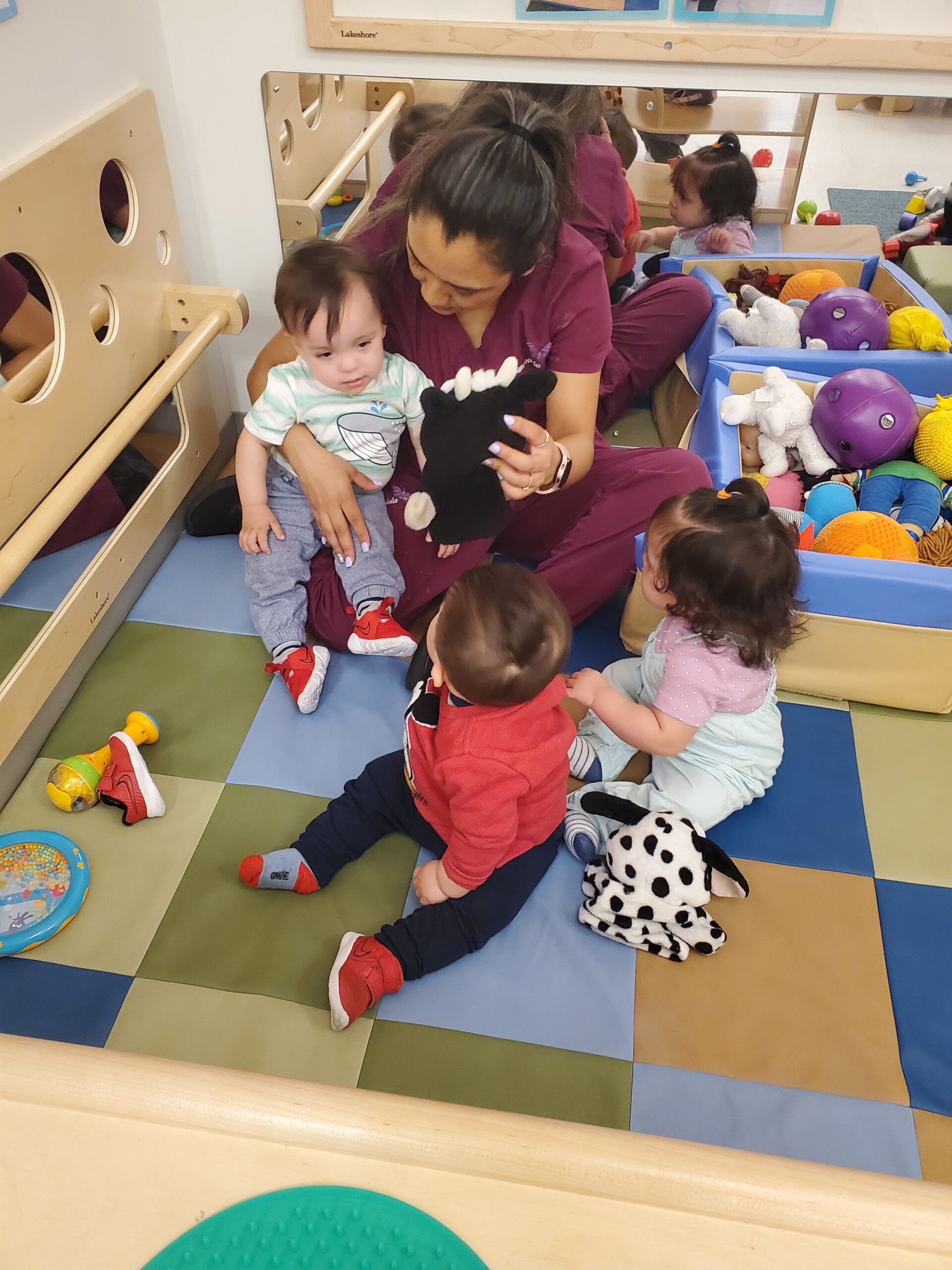
During a presentation Hendricks gave of CCC’s ECE AA program at the National Association for the Education of Young Children Conference last November, many attendees asked how they could obtain some of CCC’s diverse imagery and materials for the development of their own courses and the promotion of them. That’s something the CCC program is now working to study, and in the meantime, it’s already starting to explore enrollment partnerships with other community colleges across the country.
“There’s definitely a push for the early childhood workforce across the country to start taking college credits instead of just having community-based trainings,” said Hendricks. “There’s such a need to provide that pathway and to provide that opportunity to students who speak a language other than English.”
As this first cohort heads toward graduation, Hendricks is excited to start collecting the data on persistence and retention rates, as well as job placement and salary information. She’s also excited to collect testimonials from those graduates and other current students to see how this coursework is affecting their professional and personal lives.
“It’s been a beautiful, symbiotic, mutually beneficial relationship all the way around,” Hendricks said.
Several of the students in the program offered similar sentiments.
“I always wanted to study, but language was a barrier. I asked in many schools, and they always told me to learn English, so I went to take English classes, but I hardly had any time, so I dropped it,” student Marisol Pena Montes wrote in a school commentary. “Finding the program, ” the student wrote, “was to say I will finally continue my studies. After so much waiting, somebody finally takes us into account. There are many who have the enthusiasm to keep studying, but the language was always the challenge.”
Duran says that in addition to feeling more connected to the students she serves and thus more able to meet the unique needs of each, she’s grateful to have gotten to study with so many other students with experience in ECE.
“Participating in these college classes has given me the opportunity to share experiences with more colleagues from different parts of the state where I live, and that has given me resources to continue learning,” she said. “In addition to creating very important and positive social relationships, when I don’t have an answer to something, or I have doubts about something at work, I feel more confident to ask for help if I need it.”
–Author Julienne Gage is a former UnidosUS Senior Web Content Manager who now serves the organization as a consultant.

